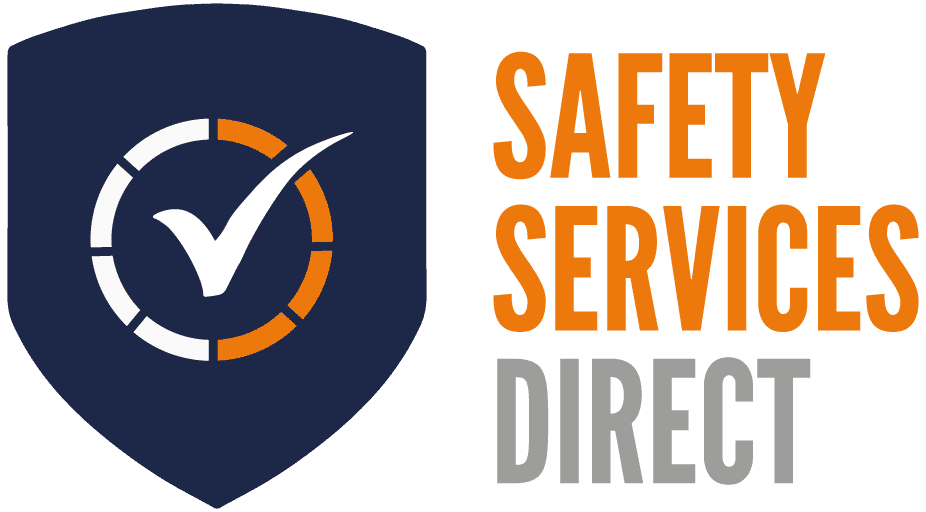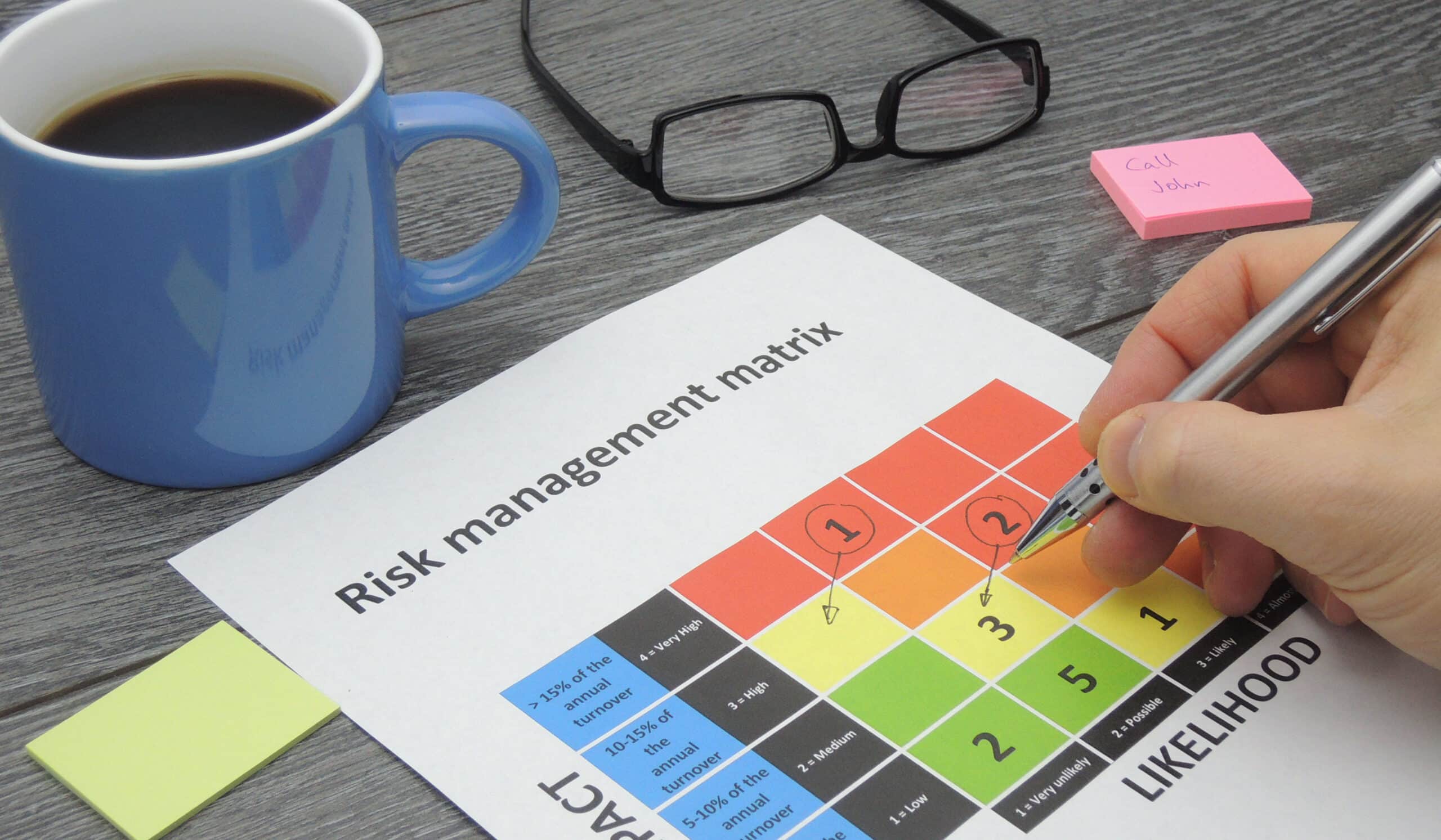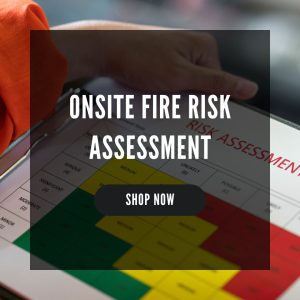Every business has to complete a risk assessment. For any company that employs over five people, it is a legal responsibility to document all risk assessments undertaken in the workplace.
Risk Assessment Method Statements (RAMS) are bespoke documents, tailored to each company, that are completed after a risk assessment; however, they’re generally not as well known as risk assessments because the Health and Safety Executive (HSE) has not made it a legal requirement to complete one.
Despite this, conducting RAMS and having the supporting document can prove highly beneficial for your business. In this guide, we explain what RAMS are, how they differ from general risk assessments as well as how your business can benefit from having a RAMS document.
What Does RAMS Stand For?
RAMS is short for Risk Assessment Method Statements, which are documents companies create after completing a risk assessment. These assessments will first identify any hazards in your workplace and analyse the possible risk and severity to employees. A risk assessment will also assist you in planning appropriate control measures, thereby ensuring the safety of your employees.
What Are RAMS?
So, now you understand that RAMS are created after businesses conduct risk assessments. This is because RAMS are used to build on the information laid out in the risk assessments. RAMS contain details of the hazard and a step-by-step guide to working around that hazard that all employees, contractors and others can easily follow.
What is the Difference Between Risk Assessments and RAMS?
So the distinct difference between the risk assessment and RAMS is that the assessment provides an overall picture of the hazards in a workplace, whilst the RAMS looks at specific activities that are high-risk.
It is logical for safety method statements to follow risk assessments. Since there is still a risk to employees after actions are taken, the next step is to decide on and communicate those measures to keep people safe at work.
Which Businesses Use RAMS?
Implementing RAMS is a valuable approach for all businesses looking to enhance their health and safety standards. However, they are most commonly used within the construction industry.
One of the reasons for this is that companies often include it as a requirement during the tender process. RAMS are used to prepare their safety documentation alongside assessing the health and safety policies of companies who submit tenders.
What Does RAMS Mean in Health and Safety?
RAMS ensure that the right people, with the right skill set, work to the right method statement in the right place at the right time. This ensures that incidents are avoided and people go home safely at the end of the working day. Using RAMS documents will not only help you to implement effective control measures but also realise many other benefits for your business.
What are the Benefits of Using RAMS Documents?
Conducting a RAMS (Risk Assessment Method Statement) in your workplace can provide numerous advantages. These include better decision-making abilities, fewer misunderstandings, improved work processes, reduced absenteeism, minimised risk of legal fines or penalties, and safeguarding of the business’s reputation.
Supports decision making
A risk assessment discusses ways of conducting a task safely, but no formal decision is expected. Safety method statements will help you make the right choices.
Stops misunderstandings
Responsible workplaces communicate to staff the safe ways of completing tasks. Management doesn’t want their staff becoming injured or worse because of a workplace incident – protecting employees is their top priority. Verbal or informal instructions can become misunderstood and can change as the message is passed on. Method statements formalise the process with a clear, safe system of work which eliminates misunderstandings.
Improving work processes
With a step-by-step guide in place which explains how to complete a task that involves risk safely, processes are improved, and productivity is enhanced.
Reduces sick leave taken by employees
By managing the hazards and risks your employees face, you could potentially reduce employee absenteeism as well as other related costs.
Minimised risk of fines and legal penalties
Businesses that aren’t compliant with relevant health and safety legislation face the risk of being fined. Through RAMS, you can avoid this.
Protect your business’s reputation
If an injury occurs in your workplace that could’ve been avoided through risk assessments or RAMS, your business will likely suffer reputational damage.
How to Use RAMS
A RAMS document should be put in place if you can eliminate risk by other actions or measures. Here are the best tips for using RAMS:
- Include the risk assessment
- Put supervisor details, equipment involved and other relevant information into the document
- First Aid Provision should be included
- Prepare an ordered guide on how to complete a task safely, covering every step
- Make sure employees involved with a task are given a copy of the RAMS document
- The document should be reviewed periodically to make sure they are used regularly, and the information remains correct
Do You Have To Review Your RAMS?
Generally, it’s recommended that you review your RAMS on an annual basis or whenever there is a significant change in your workplace. Examples of change could include a change in operations or the introduction of new machinery or hazardous substances. Alternatively, if an accident or injury occurs in the workplace due to exposure to a hazard, you should review your RAMS.
Are RAMS Required by Law?
The short answer is no; RAMS is not required by law. However, the risk assessment (that’s carried out prior to the preparation of RAMS documents) is legally required, according to the HSE.
Help With Your Risk Assessments and Method Statements
Safety Services Direct can write your Task Specific Risk Assessments and Method Statements so you can focus on other areas of your business. With our expertise, your workforce will have all the information they need to do their job safely.
We also can also make Risk Assessment Amendments when they need updates as well as a Young Persons Risk Assessment. If you want to write them in-house, our selection of Method Statement Templates for the Construction Industry will ensure you have the best examples available.
For more support on your safety at work regulations, contact us today!









